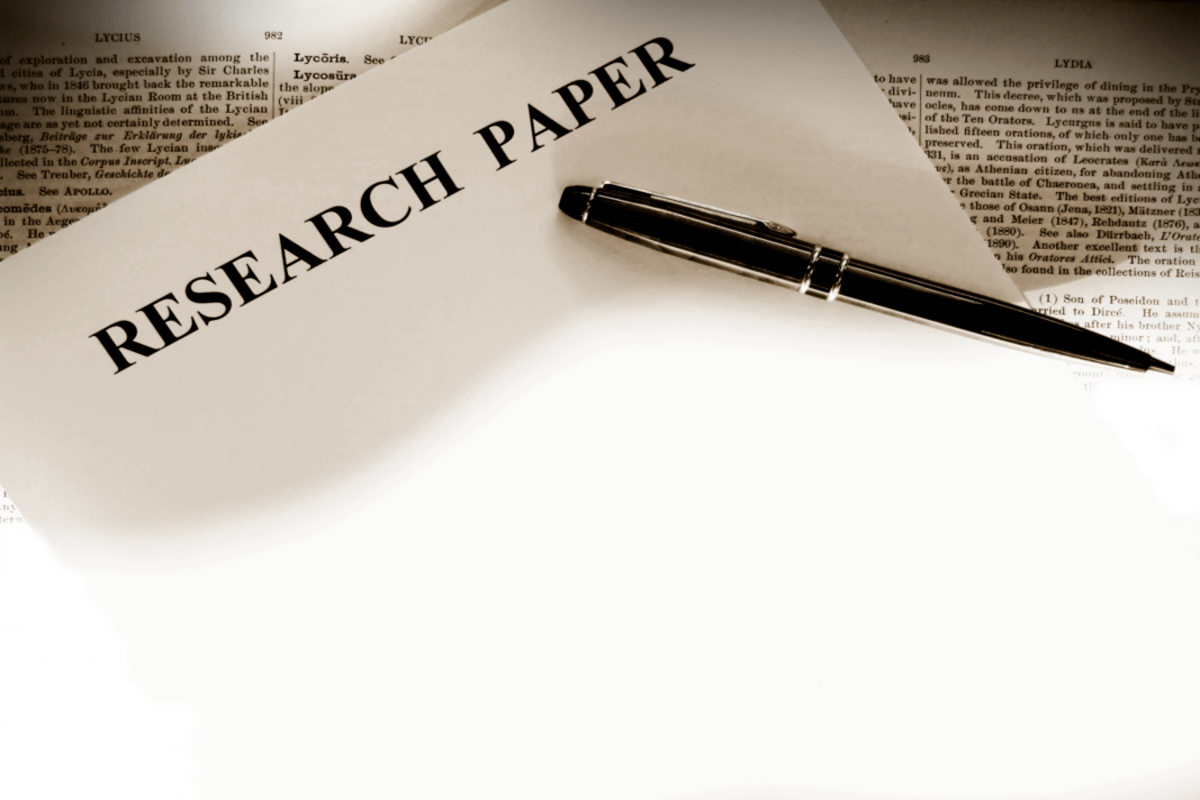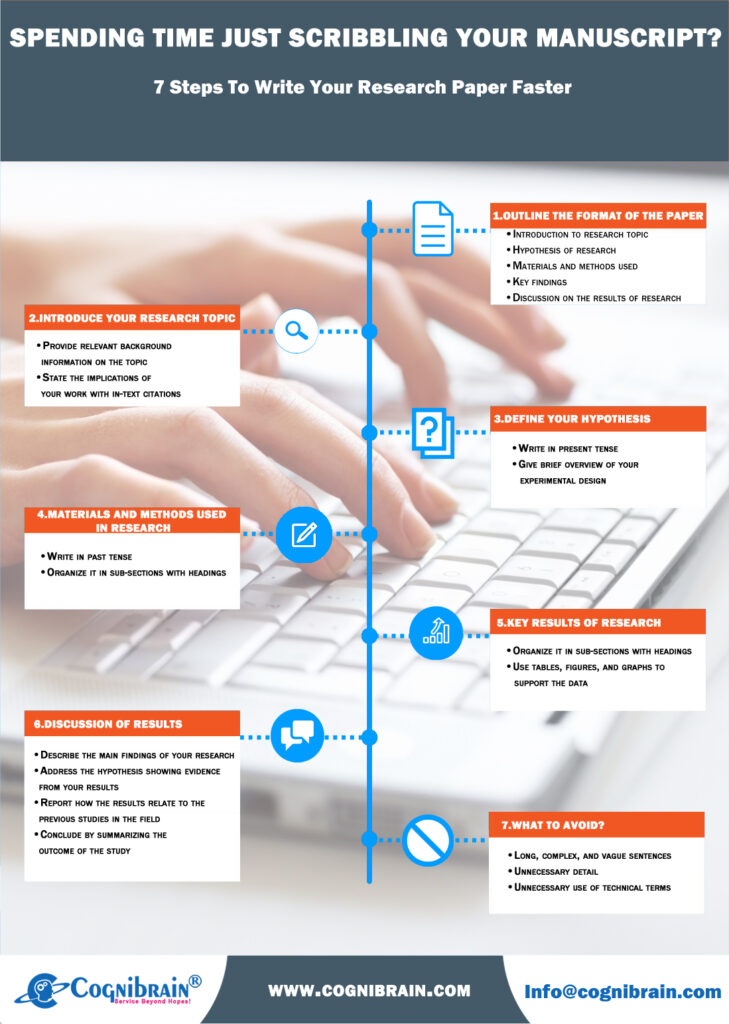You have written your research manuscript with diligence, and now, you are ready to submit it for publication. You are worried if it gets rejected.
This is common with novice research scientists. However, if you know what makes the journal editors reject your manuscript, you can take care of such errors before submission.
So, here’s a glimpse of the common errors that can lead to the rejection of your manuscript:
1) Selection of a wrong journal
The foremost reason your manuscript gets rejected is that your research study doesn’t fit the scope of your selected journal. So, you will waste your valuable time if you select a journal out of your paper’s scope.
To avoid any mistake in selecting the right journal for your paper:
- Carefully read the scope of the journal on its Homepage and also the section on “Instructions to Authors”.
- Search for the similar articles in the journal.
2) Plagiarism
Plagiarism is an act of presenting other’s work as your own. It is a serious offence in the research paper writing. Journal editors are not fools. With a plethora of plagiarism detectors, it’s easy to recognise plagiarised content in your paper.
Even self-plagiarism or reproducing your own work in another journal without citing the original can lead to the rejection of your manuscript.
Therefore, you should:
- Always acknowledge your sources of reference
- Not submit the results of a published literature even in a lower-ranked journal
- Change the text copied from another source to make it different and also acknowledge the source.
3) Insignificant or false findings in the research results
The journals accept only those manuscripts that present an original research study, those which report high-quality and novel work and make significant contributions to their desired field.
Thus, if your manuscript fails to meet this criterion, or it reports a routine or trivial or false finding which doesn’t contribute significantly to the progress of Science, it will be outwardly rejected.
To avoid rejection:
- Search the published literature related to your research topic and see their results.
- Publish only those findings which are new or significant to your field of research.
- Highlight the novel properties of your research study
- Compare your article with the previous work in the field and justify your improvements with a clear statement
4) Technical errors
With one or two technical flaws, you will receive a request for revision. However, rejection occurs if it contains many technical flaws such as:
- Discrepancy between the Abstract and the remaining manuscript
- Study of the wrong groups
- Wrong statistics
- Clinically insignificant results
- Absence of a relation between the results and their discussion
- Contradictory/false data
- If the conclusion doesn’t answer the research question
- Poor use of language with grammar, spelling, and punctuation errors
There lies the importance of proofreading and editing your manuscript before you submit it to the journal.
5) Failure to follow “Instructions for Authors”
If you do not follow the “Instructions for Authors” prescribed by a specific journal, it will either delay the peer review process or lead to your manuscript rejection. So, you should always:
- Carefully read the instructions a number of times. Best, take a print out of the journal guidelines and highlight the key instructions you have to follow.
- Before submission, check whether you have incorporated all the instructions in your writing.
- If you do not understand the instructions or are short of time, take help from a professional scientific editor.
Last, but not the least. Do not hurry to submit your paper to the journal publication. Take time and carefully check if you have fulfilled all the requirements as an author.




